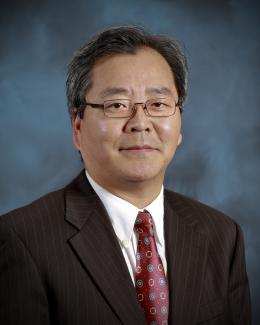Abstract
Mesophyll resistance to CO2 diffusion (rm) and the maximum carboxylation rate of Rubisco (Vcmax) affect photosynthetic rates, and can potentially also influence the percentage of respiratory and photorespiratory CO2 being refixated (Pr) by mesophyll cells. Here we investigated how various leaf anatomical traits (e.g. leaf mass per area [LMA] and leaf dry matter content [LDMC]) influenced rm in leaves of mature forest trees. We further explored how rm and Vcmax in turn affected Pr, and if these traits varied among species and leaves along a light gradient. Photosynthetic CO2 response of leaves grown in high-, medium-, and low-light environments was measured, from Pinus sylvestris [Scots pine], Picea abies [Norway spruce], Quercus robur [English oak], and Betula pendula [Silver birch] in southern Sweden. A modified version of the Farquhar-von Caemmerer-Berry model was fitted to the leaf gas exchange data to estimate Vcmax, rm and Pr. We found that of all leaf traits measured, only LMA for Q. robur was significantly higher in leaves from high-light environments. When comparing species, both rm and LMA were significantly higher in the conifers, and rm had a negative correlation with Vcmax. We found that Pr was similar between different species and functional groups, with an average of 73.2% (and SD of ±10.4) across all species. There was a strong, positive correlation between Pr and Vcmax in broadleaves, and we hypothesise that this effect might derive from a higher CO2 drawdown near Rubisco in leaves with high Vcmax.


